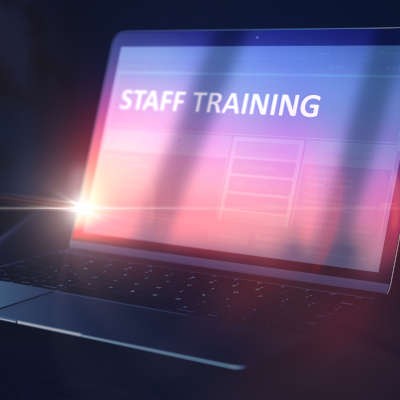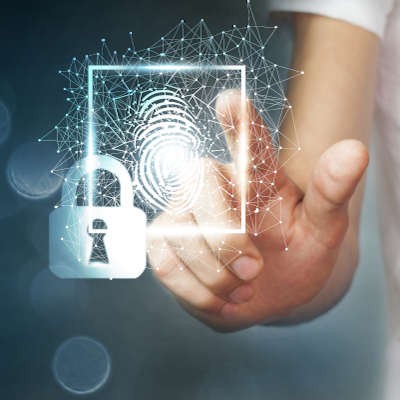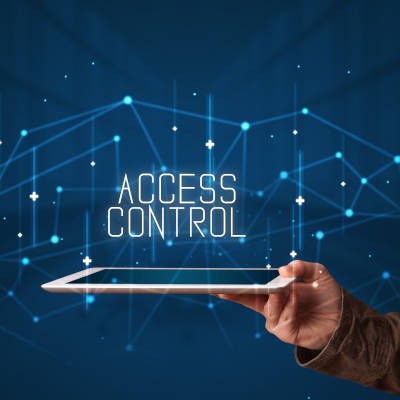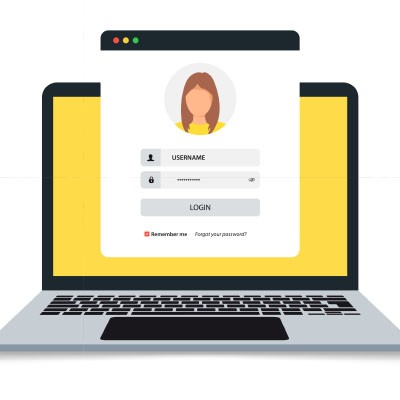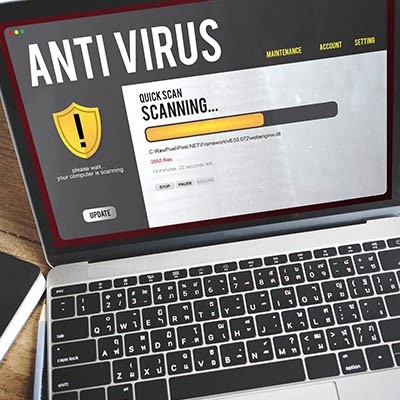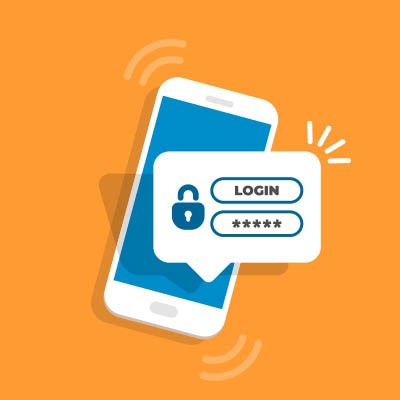Ferrum Technology Services Blog
With so many different technologies being used in business, it can sometimes be too much for the people out there who aren’t as tech savvy as others. In fact, some of the people you will work alongside will not be able to grasp some of the simplest technology concepts. Unfortunately, these people don’t know a fraction of what they need to about the technology they use, and it could put your organization at a disadvantage. This month, we thought we’d give you a few pointers on how to talk to your less-technology-inclined co-workers.
Millions of people find themselves sitting in front of a computer moving files around and corresponding with people over the phone, through email, or updating info in the company’s line of business app. What many of them don’t know, however, is that, at any time, they are only a couple of clicks away from causing major problems for their company. Therefore, it is extremely important to train your staff on what to look for and how to address those situations when they do arise.
There are a lot of security threats directed toward businesses today, with plenty of immoral opportunists seeking to profit at your expense. This makes it critical to secure your network and its data, which sounds like an expensive and time-consuming process. However, it doesn’t have to be, as we’ll show you by highlighting a few ways to protect your business and its assets.
Millions of people are still using the Microsoft Windows 7 operating system despite it being completely unsupported. When Microsoft pulled the plug on support for the OS in January, most industry professionals expected there to be some exploits found pretty rapidly. It turns out that the very first exploit was actually Microsoft’s fault, and that Windows 7 support had a little life in it after all.
Over the past two decades, business technology was largely separated between information technology (IT)--that is, the business’ computers, networking equipment, and peripherals--and operational technology (OT): all other technology. As IT advanced, so has OT, which today presents many of the same risks that IT always has. Today, we will take a look at how to secure your business by focusing on where your IT meets your OT.
The 2020 Consumer Electronics Show is always a good place to see the most innovative consumer technology. CES features products of all types from companies of all sizes. This year, there was a strong contingent of companies bringing products to market in the physical security space. This isn’t all that uncommon, but the reaction to many of these devices is noteworthy.
A few years ago, there was a decision made to make a concerted effort by manufacturers to create their products, but to also create those same products with “smart” technology inside. Basically, because of the rampant innovation of Internet-connected systems, devices, appliances, and knick-knacks of all types we have to ask the question: Are we being dumb for using all these smart devices?
Unless you run a business in which each and every employee is responsible for identical tasks, you are going to encounter the need for variable permissions among your staff so that your data can be better protected. One effective means of enforcing these permissions is through an access management policy. Let’s review a few components you should include in such a policy.
With data being such a valuable asset today (especially personally identifiable data), you can’t afford to let any of the information your company has access to fall into the wrong hands. The same goes for all of your data, especially that which concerns your employees or your clients. Let’s go over a few tips that should help you keep this data safe, step by step.
Over time, your business will accumulate a lot of data, including some that certain employees or departments will have no need to see (or perhaps shouldn’t see). An effective way of keeping eyes from wandering is through an access management policy. Let’s go over a few elements you ought to prioritize in your approach to controlling internal access.
Do you know those horror stories you catch every so often where a huge business has their network hacked and millions of their customers and employees have their personal and financial information leaked onto the dark web? Your organization isn't likely as big as theirs, but regardless of how much money, people, and diverse revenue streams an organization has, having its network breached and its customers’, or its employees’, information strewn about over the dark web is not an ideal scenario.
While the major holiday shopping days have passed us by, many people are still looking for that perfect gift often using the Internet to find it. While online shopping is certainly more convenient, it can also be dangerous. To help keep you safe this season and beyond, we’re reviewing a few practices to protect your identity while shopping online.
Trend Micro, the developer of the popular antivirus program, has attracted some unwanted attention after a former employee managed to steal customer data and sell it to scammers. These scammers then use this data to call Trend Micro customers. If you use Trend Micro’s antivirus solutions, you’re going to want to pay close attention to any calls you get.
It can be easy to slack off when it comes to good password practices. Many users still use the same password across multiple sites and often don’t use secure passwords. Password managers make this a lot easier, but it’s really two-factor authentication (2FA) that can make all the difference. Strong, unique passwords are still important (not all accounts offer two-factor authentication) but let’s talk about why you should always enable two-factor or multifactor on all of your accounts when possible.
As business owners, with so much talk about cybersecurity and all of the threats that face us, we tend to put a lot of faith in the security investments we make. I say we, because an IT company has to be as protected, if not more, than their most demanding client. I’m going to talk shop a little bit about security, and some major concerns that I have in regard to all of our businesses.
In many ways, explaining why sufficient cybersecurity is important for your business has become redundant - especially when it is much more important to understand how this cybersecurity needs to protect you. The threats to data and privacy are known, but no less potent. In order to counter them, you need to make sure you have what you need to protect your business - starting with a few key considerations.
There are hundreds of things that a business owner has to do, so managing the security of the data coming in and going out from mobile devices might not make the hierarchy of considerations that need to be immediately addressed. Today, we will take a look at why paying attention to the mobile end of your business is so important, how Mobile Information Management (MIM) helps with that, and how MIM fits in with the rest of your mobile strategy.


